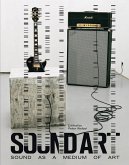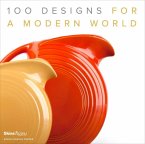Why we don't really want simplicity, and how we can learn to live with complexity.
If only today's technology were simpler! It's the universal lament, but it's wrong. In this provocative and informative book, Don Norman writes that the complexity of our technology must mirror the complexity and richness of our lives. It's not complexity that's the problem, it's bad design. Bad design complicates things unnecessarily and confuses us. Good design can tame complexity.
Norman gives us a crash course in the virtues of complexity. Designers have to produce things that tame complexity. But we too have to do our part: we have to take the time to learn the structure and practice the skills. This is how we mastered reading and writing, driving a car, and playing sports, and this is how we can master our complex tools.
Complexity is good. Simplicity is misleading. The good life is complex, rich, and rewarding but only if it is understandable, sensible, and meaningful.
If only today's technology were simpler! It's the universal lament, but it's wrong. In this provocative and informative book, Don Norman writes that the complexity of our technology must mirror the complexity and richness of our lives. It's not complexity that's the problem, it's bad design. Bad design complicates things unnecessarily and confuses us. Good design can tame complexity.
Norman gives us a crash course in the virtues of complexity. Designers have to produce things that tame complexity. But we too have to do our part: we have to take the time to learn the structure and practice the skills. This is how we mastered reading and writing, driving a car, and playing sports, and this is how we can master our complex tools.
Complexity is good. Simplicity is misleading. The good life is complex, rich, and rewarding but only if it is understandable, sensible, and meaningful.
As the world grows beyond the understanding of any one Renaissance man or woman, Donald Norman's missive is well timed. Every product designer is an interaction designer whether they want to be or not. Robert Blinn, Core77
... you will like Norman's calm voice, keen observations and sage counsel about what could be done. Read his book.
Geoffrey K. Pullum, Times Higher Education
... you will like Norman's calm voice, keen observations and sage counsel about what could be done. Read his book.
Geoffrey K. Pullum, Times Higher Education








